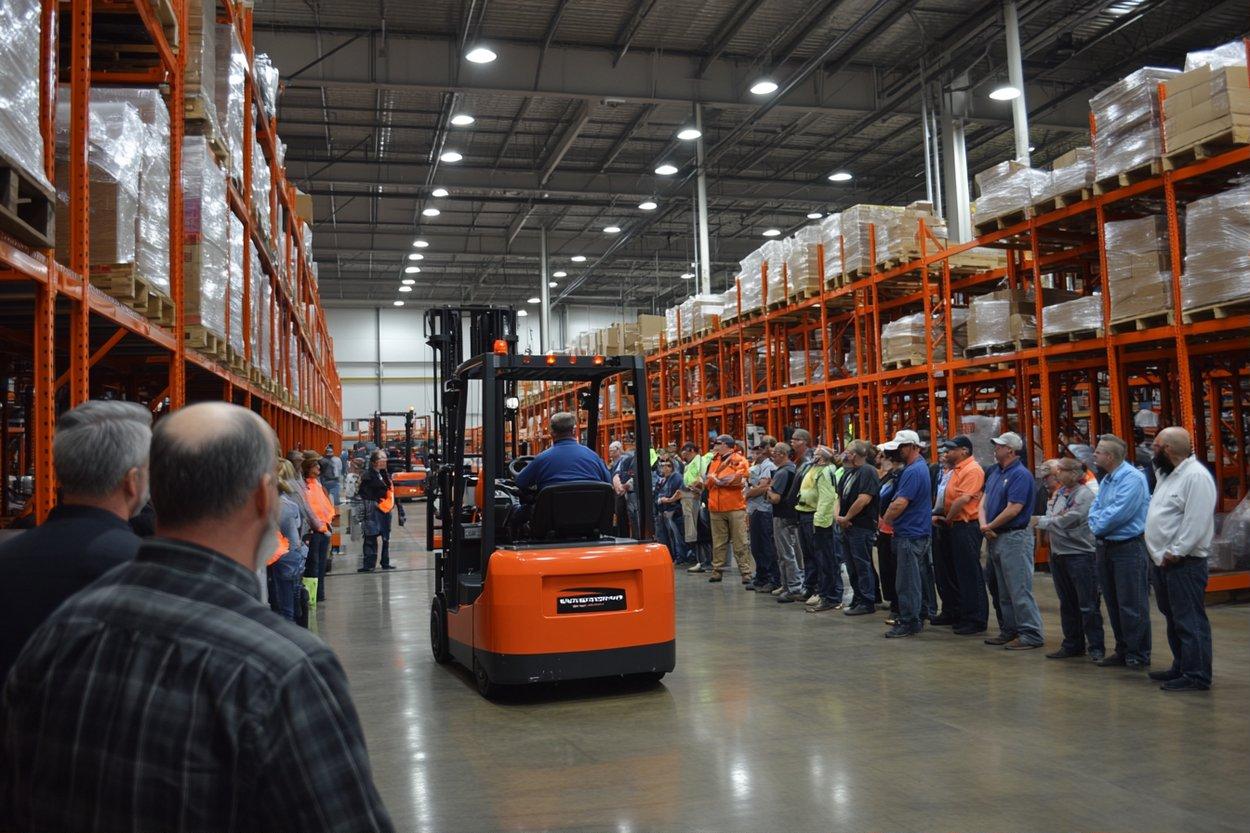Navigating the World of Commodity ETFs: An Investor's Guide
Commodity Exchange-Traded Funds (ETFs) have revolutionized the investment landscape. These unique financial instruments offer broader exposure to commodities, creating new opportunities for investors. In this article, we delve into the world of commodity ETFs, exploring their history, current market trends, and potential impact on your investment portfolio.
Introduction
Commodity ETFs provide a unique opportunity for investors, allowing them to diversify their portfolios and hedge against inflation. However, the world of commodities can be complex. This article provides an in-depth look into commodity ETFs, helping you understand their role in the financial market and how they can enhance your investment strategy.
A Brief History of Commodity ETFs
Commodity ETFs, first introduced in the early 2000s, were created to provide investors with access to the commodity markets. Prior to their introduction, investing in commodities was usually limited to futures contracts, which were often complex and required significant capital. Commodity ETFs simplified this process, offering an accessible way for individual investors to gain exposure to commodities.
Current Market Trends and Insights
Recently, there has been a surge in interest in commodity ETFs. This is driven by various factors, including the increasing demand for commodities due to economic recovery, inflation concerns, and the desire for portfolio diversification. Additionally, the introduction of innovative commodity ETF products, such as those focusing on clean energy and agriculture, have attracted a new generation of investors.
The Impact of Commodity ETFs on Investment Strategies
Commodity ETFs offer numerous benefits to investors. They provide diversification, as commodities often move independently of stocks and bonds. They also serve as a hedge against inflation, as commodity prices typically rise when inflation increases. However, they also come with risks, such as market volatility and regulatory changes. Therefore, it’s crucial to understand these factors when incorporating commodity ETFs into your investment strategy.
Practical Investment Tips
-
Diversify: Consider commodity ETFs as a part of a diversified portfolio. They can provide balance as commodities often perform differently than traditional asset classes.
-
Understand the Risks: While commodity ETFs can offer lucrative returns, they can also be volatile. Be sure to research and understand the potential risks before investing.
-
Stay Informed: Keep up-to-date with market trends and economic indicators. These can significantly impact the performance of commodity ETFs.
-
Consider Your Investment Goals: Commodity ETFs may not be suitable for all investors. Consider your risk tolerance, investment goals, and time horizon before investing.
Conclusion
Commodity ETFs offer a unique opportunity for investors to diversify their portfolios and potentially enhance their returns. However, like any investment, they come with risks. As such, it’s crucial to understand these risks and consider your individual investment goals before diving into the world of commodity ETFs. By staying informed and making calculated decisions, you can leverage the potential benefits of commodity ETFs and navigate the complexities of the financial market.





